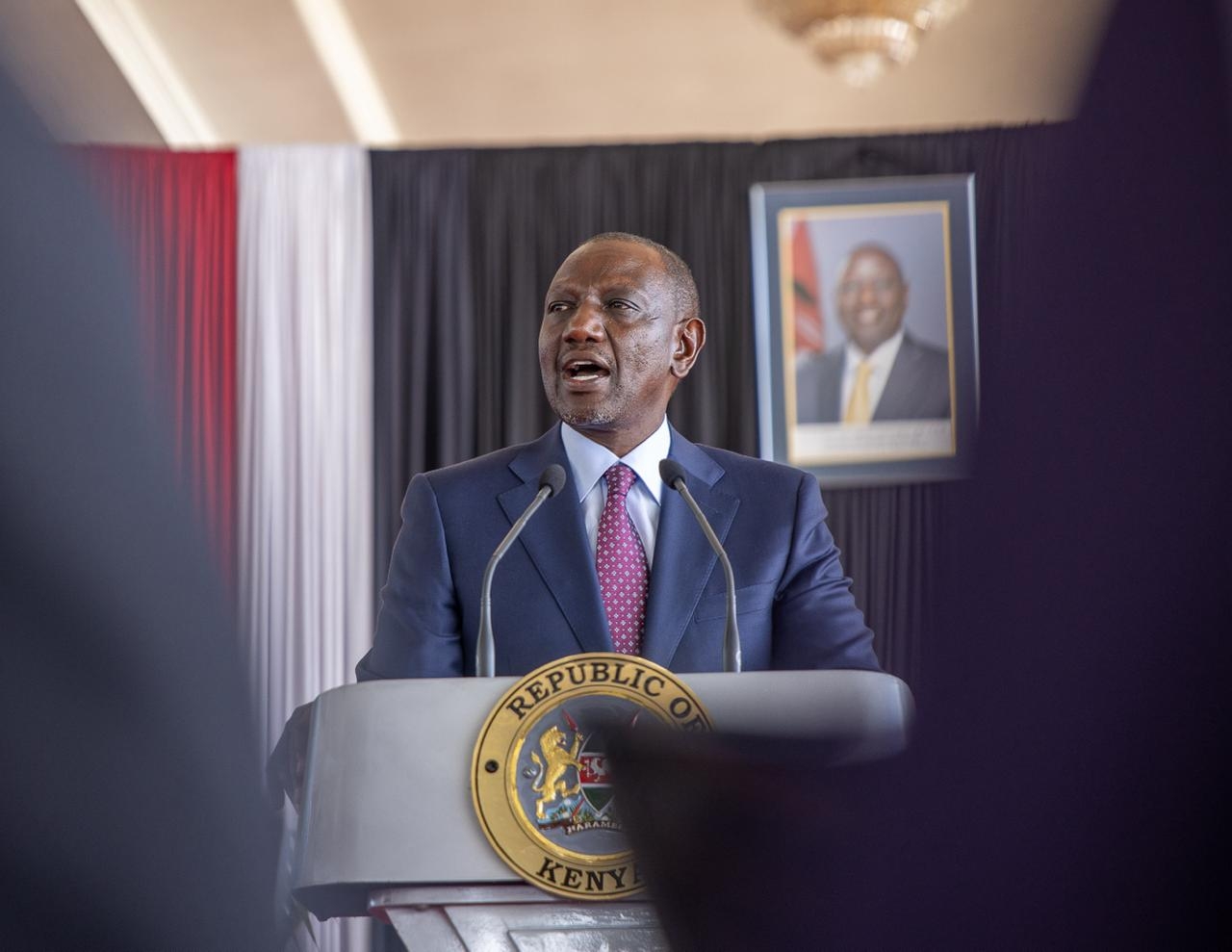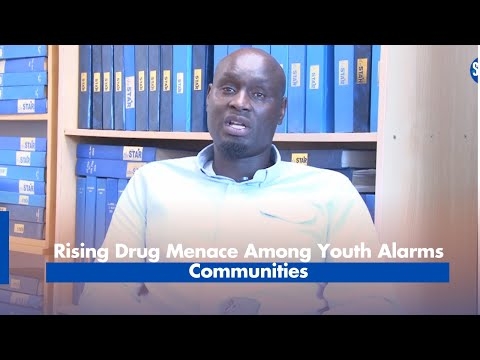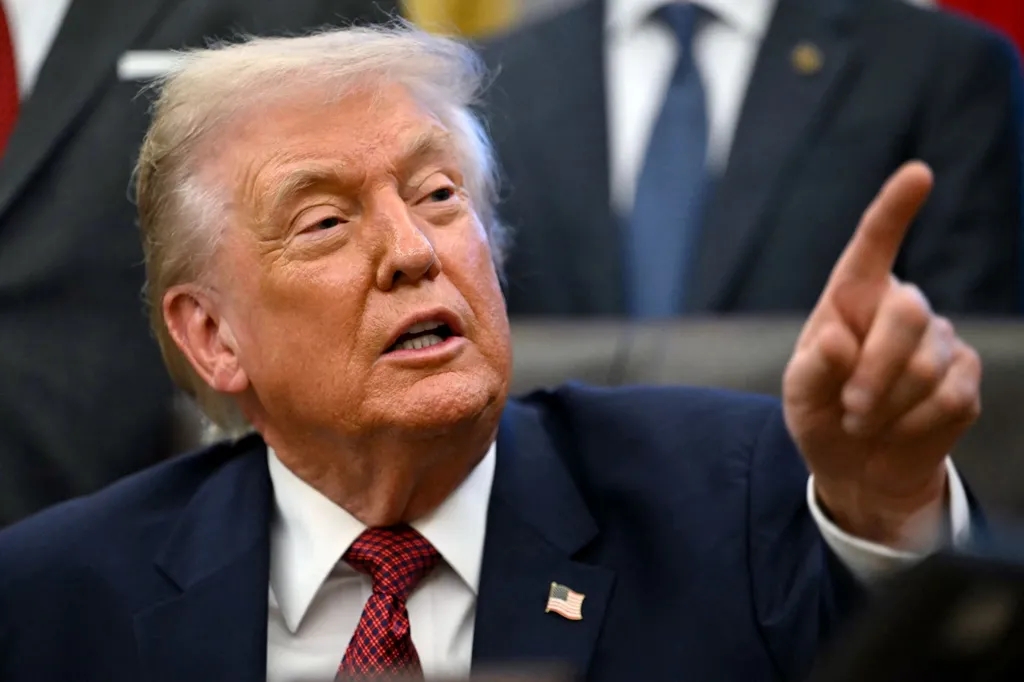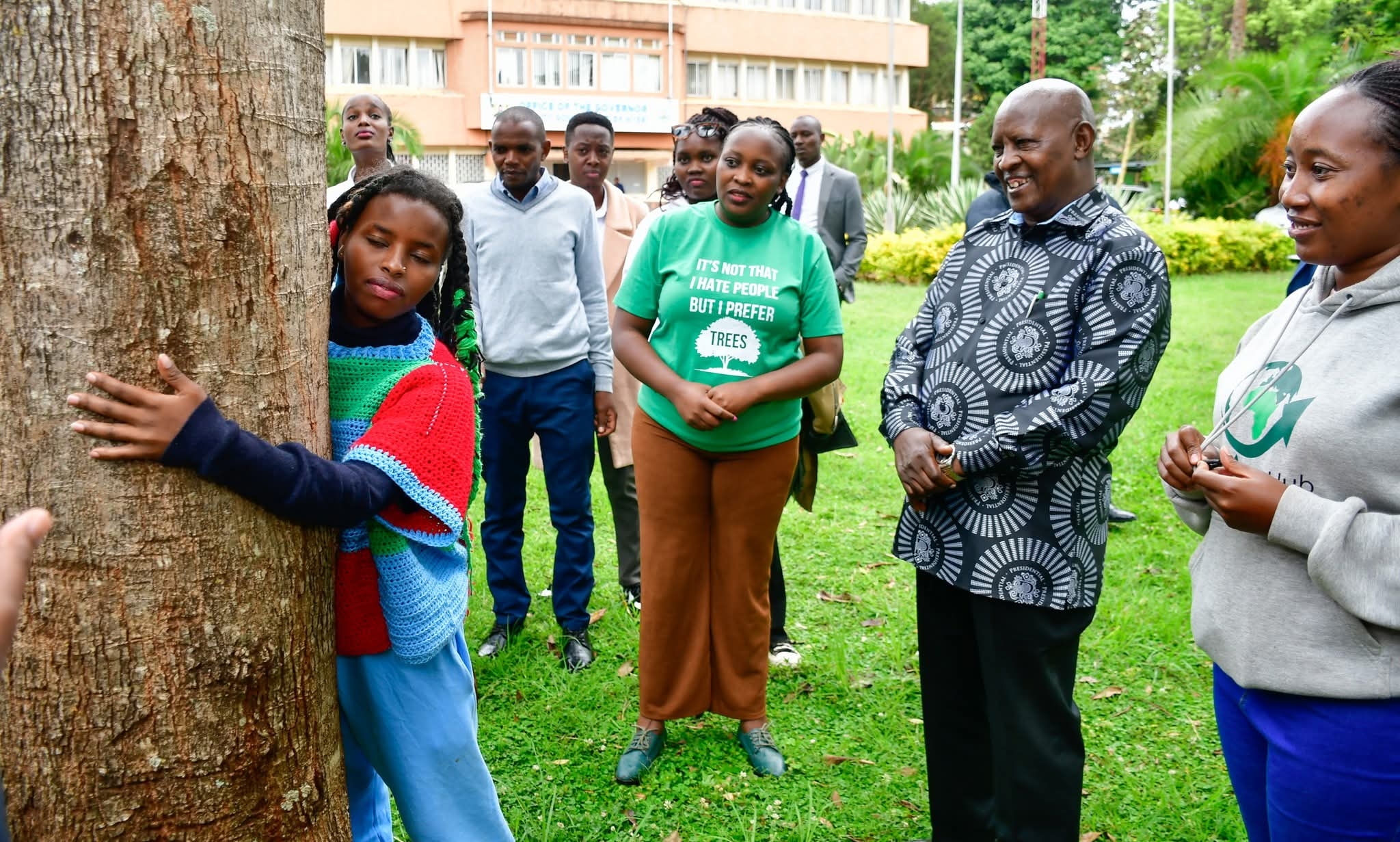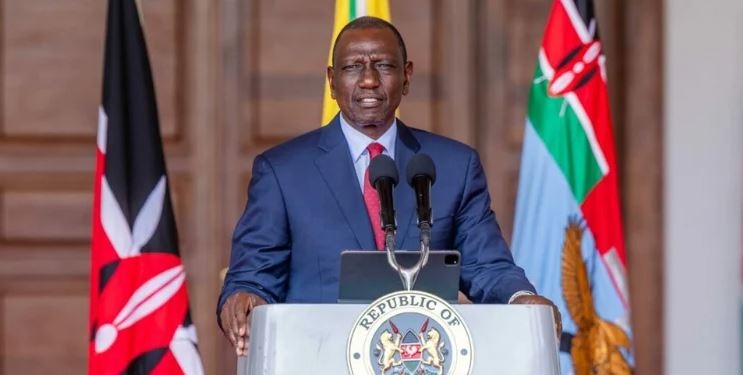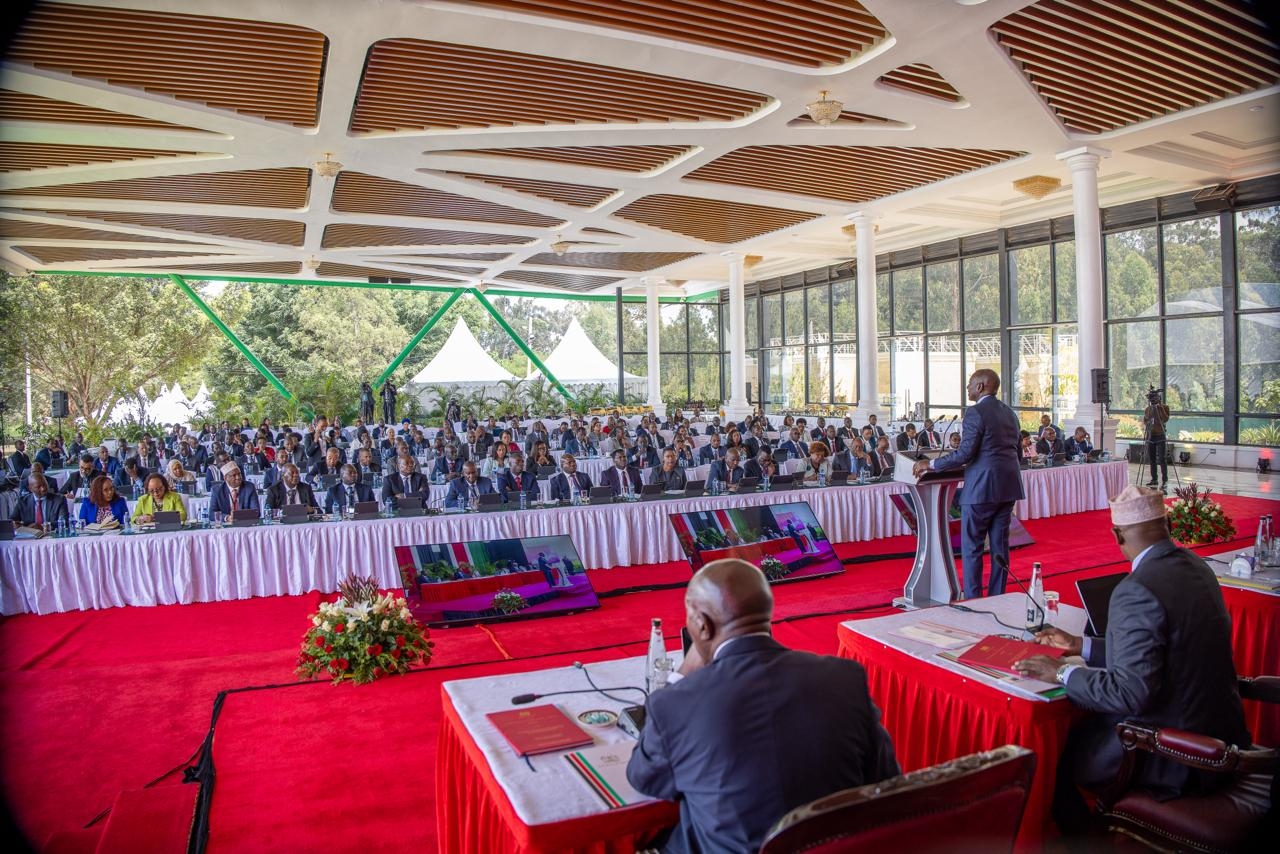

Endowed with rich cultural diversity, historical landmarks and natural beauty—qualities that have the potential to make it a magnet for tourists—Nairobi still does not have a tourism development and promotion policy.
But this could change if a new motion before the city assembly is passed and implemented by Governor Johnson Sakaja's City Hall.
Nominated MCA Perpetua Mponjiwa’s motion complains that despite its status as a key travel, diplomatic and cultural capital in Eastern and Central Africa, Nairobi’s tourism sector remains underdeveloped and under-utilised.
The city boasts nearly 200 established tourist attractions ranging from social, academic, to spiritual sites.
It is home to a wealth of cultural heritage that could set it apart, the motion says, yet this treasure trove remains largely untapped.
Part of this collection are the recreation parks like Uhuru Park and City Park, which are still not available to the public.
Local vendors, artisans and cultural performers who could benefit from a thriving tourism economy continue to face uncertainty and limited opportunities.
The motion wants the county administration to be compelled to prioritise tourism development as a major source of own-source revenue.
The motion emphasises that Nairobi has “not established well-founded cultural activities that can distinguish the uniqueness of the county.”
It wants the Sakaja administration “to take tourism seriously and craft a comprehensive county local tourism policy to provide for establishment of strategies and programmes to boost local tourism within the county”.
This policy would aim to harness Nairobi’s diverse cultural activities, museums, county parks and other public entertainment venues to generate revenue and create employment opportunities for residents.
The constitution vests functions related to cultural activities, public entertainment and local tourism in county governments.
“Paragraph 4 of Part Two of the Fourth Schedule to the Constitution of Kenya, 2010 provides for the functions of cultural activities and public entertainment including sports, cultural activities, museums and county parks are vested in the county government; further paragraph 7 of Part Two of the Fourth Schedule to the Constitution of Kenya, 2010 provides for the function of local tourism vested in the county government,” the motion states.
The urgency of the motion is grounded in the realisation that tourism is not just a sector for leisure but a viable economic engine.
Well-developed tourism can attract visitors from all over the world, bringing foreign exchange, boosting local businesses and generating jobs in hospitality, transport, crafts and entertainment industries.
“Cultural activities attract tourists from all over the world which is a source of revenue for the county, create job opportunities/employment for the county residents and create a platform for the Nairobi City County Tourism development agenda,” the motion notes.
Unlike other counties that have leveraged their cultural uniqueness and natural landscapes to attract visitors, Nairobi has yet to fully translate its assets into a cohesive tourism experience.
The absence of a tourism policy means the city misses out on coordinated efforts that could enhance tourist attractions, improve infrastructure and market the city to both local and international visitors, it says.
By urging the county government to develop a local tourism policy, the motion aims to set a framework that ensures tourism development is deliberate, sustainable and inclusive of Nairobi’s diverse communities.
In a city where nearly every street corner tells a story, from the vibrant arts scenes of Eastlands to the historic sites in the CBD, Nairobi’s potential as a cultural tourism destination is enormous.
Instant analysis
As Nairobi continues to grow, the push for a tourism development and promotion policy comes at a critical time. With increasing competition from other regional cities, Nairobi must leverage its unique cultural and environmental assets to remain relevant and prosperous.




